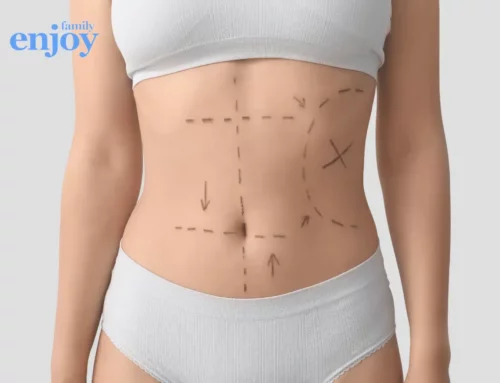
The recent publication of an article by a task force of American plastic surgeons raises the alarm about the risks of buttock lipofilling or Brazilian Butt Lift (BBL).
Buttock lipofilling: a high-risk technique
Lipofilling of the buttocks has recently been developed in the United States and South America as a technique for increasing buttock volume. This surgery involves liposuction of various fat-rich areas of the body, followed by filtering of the aspirated fat to rid it of debris and purify it. This purification can be performed using a centrifuge, or various systems (PureGraft®, Revolve®...). The pure fat is then injected into the buttocks using fine cannulas, depositing small quantities of fat in different anatomical planes. This is a graft, i.e. a technique designed to place non-vascularized (i.e. not supplied with its own blood supply) autologous tissue (from your own body) into an anatomical structure that will accept and integrate this tissue. As with any graft, take-up is not complete, and usually half of the fat injected does not take up.
BBL mortality rate: a high-risk procedure
The main danger of this technique comes from the fact that as the surgeon anticipates this 50% decrease in volume postoperatively, he has a tendency to overfill the buttock during the operation. This creates an overpressure that tends to drive the injected fat into small veins located in the gluteus maximus muscle. The fat is said to embolize the vein. The fat then passes into the vena cava before blocking the pulmonary vessels. This is calledpulmonary fat embolism, which if it is important is often fatal.
A few sporadic cases of death have been described in South America over the past 15 years. The increase in the number of BBLs in the United States (an estimated 25,000 such procedures were performed in the United States in 2016) has resulted in a significant number of deaths (more than 25 documented deaths).
The consequences of BBL: a look back at the alarming figures
The ASJ article analyzes the results of an online questionnaire sent to 1963 U.S. plastic surgeons and 2880 international surgeons. We responded to this questionnaire (fortunately without reporting any fatal complications at this time out of the 38 cases we have performed so far). Of 610 surgeons who responded to the survey, 32 cases of fatal and 103 non-fatal complications were reported out of approximately 200,000 reported procedures. The mortality rate for this procedure is therefore estimated by the survey to be approximately 1 in 6000 cases. Cross-checking the data with US medical examiners, it appears that this rate is closer to 1 in 3000 in reality.
This mortality rate is almost twenty times higher than that of standard plastic surgery (about 1 in 55,000 cases) and four times higher than that of the plastic surgery previously considered the most dangerous, abdominoplasty (1 in 13,000 cases, mainly due to non fatty pulmonary embolism).
Danger of injection into the buttocks: risk multiplied by four in the case of deep injection
The analysis of the questionnaire shows that injection in the deep muscular planes of the buttock increases this complication rate by four.
Danger of buttock lipofilling: a worrying medical finding
This study raises the alarm that buttock lipofilling is the most dangerous plastic surgery procedure in terms of mortality.
Buttock implants: a safe alternative
Buttock implants, which is a far from perfect technique with a postoperative complication rate of about 10% (mainly scar disunions and infections), do not seem to have the same fatal complication rate, although no multicenter study has been performed.
We believe that buttock lipofilling or BBL is not a reasonable option if you are considering a large volume buttock augmentation. Indeed, due to the 50% resorption rate, it often takes 2 to 3 surgeries to achieve a 500 cc augmentation. The fatal complication rate during these repeated surgeries does not seem acceptable to us.
Buttock lipofilling: a solution for small augmentation volumes
For small volume buttock augmentation, buttock lipofilling can be considered but the patient must be informed in writing of the extremely high mortality rate of this procedure. The procedure must be performed in an accredited clinic with a CT scanner to detect the occurrence of pulmonary fat embolism, and we believe it is preferable to monitor the patient for at least 24 hours to detect and treat any complications. In case of doubt, the patient should be transferred immediately to an intensive care unit.
Surgical tourism: a risky choice to avoid
As for surgical tourism for such a risky operation, we strongly advise against it.... we recommend the gluteal implant technique which gives very good results.




